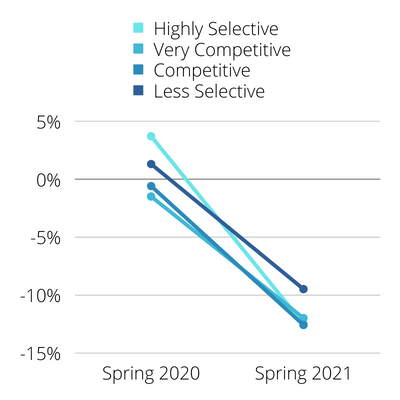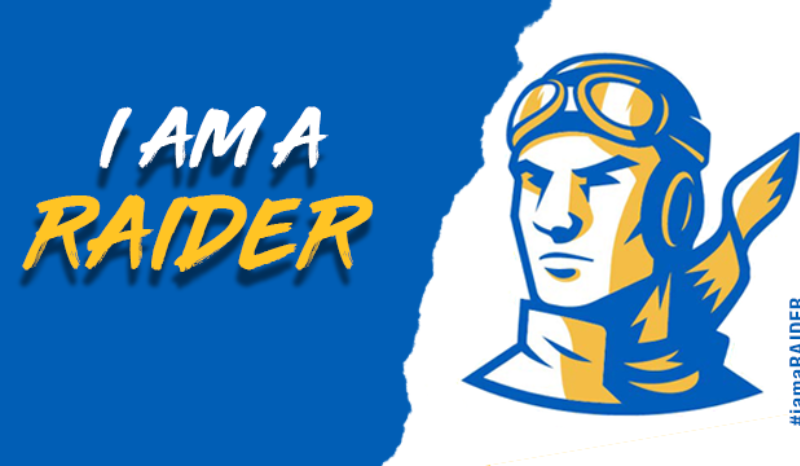3 Strategies for Mitigating the Current Upward Transfer Crisis
2 months ago (May, 2022), the National Student Clearinghouse Research Center put out a report about the recent drop in upward transfer enrollment. This is a significant issue for institutions who are already seeing drops in enrollment.
What are Upward Transfers, and why is this important?
Many people reading this article are probably familiar with the term "upward transfer". For those who aren't, upward transfers refer to community or technical college students who transfer to 4-year institutions. Over the past year, there has been a significant drop in the number of students making this transition.

The upward transfer is a key driver for enrollment at community colleges, as the vast majority of students attending intend to transfer to a 4-year institution (as described in this article)

What is causing this?
As shown in the previous chart, the low rate in which students are generally able to successfully transfer and earn a bachelor's degree (along with the associated costs of attending the 2-year institution) is driving this.
But, why?
The 3 most pertinent factors to this are as follows:
- Issues with transferring credits from the 2-year to 4-year institution. This means that the time and cost of taking required coursework at the community college are wasted -- and the student must take the same course again.
- Friction in the application and enrollment process at the 4-year institution. If a community college student can't have confidence that he/she will accomplish his/her desired result -- or if it's too difficult to apply and enroll after receiving his/her associate's degree -- he/she will be less interested in taking that first step.
- Inability for 4-year institutions to meet the student's schedule and/or instructional needs. Quite often, a student attending a community or technical college is doing so because he/she needs flexibility (such as needing to support a family).
How are institutions coping?
There are 3 general ways that community and technical colleges are addressing this issue.
Method 1 - Improving Partnerships with 4-year institutions
Many schools are establishing processes and programs to ensure that there is a simple, clear path for a student from their 2-year institution to a 4-year institution. These partnerships align the educational experience with the ultimate goal of getting the student into the 4-year institution.
- Marketing and admissions processes engage the student who is interested in attending the 4-year institution.
- Curriculum and academic advisement is aligned between the two institutions so that the candidate is taking courses where he/she would be given credit at the 4-year institution.
- Advisement Counselors from the 4-year institution often office in the 2-year institution to allow the students to manage his/her academic career properly.
- Transfer processes are automated, so that the candidate has minimal friction when he/she is ready to transfer. Instead of having to apply and navigate another admissions process at the 4-year institution, this can happen automatically.
Method 2 - Certifications and Technical Degrees
One of the reasons that students transfer to 4-year institutions is to earn a credential that an employer will accept as proof of competency. There are many circumstances where a student can accomplish this without the upward transfer. Certificates and Technical degrees fall into this category.
Many institutions are increasing their offerings in this area and changing their recruiting and marketing processes to enroll more students who can earn the credential without transferring.
Method 3 - Adding 4-year degrees to the curriculum
Finally, many community colleges have started offering Bachelor's degrees in their curriculum. This eliminates the need for the student to transfer, and ensures that the areas of friction related to transferring credits and navigating an admissions process is eliminated.
How Mutara Helps
All of these techniques can significantly complicate the admissions and enrollment process. Schools are adding options for candidates in terms of how they apply, what offerings are available to them, and how they engage with the institution.
Our SaaS admission and enrollment solutions helps institutions handle this complexity. Our customers can meet the targeted needs of each type of student and educational offerings to reduce friction and increase engagement.
If you work at a community college and would like to learn more, check out our community college resource page.


